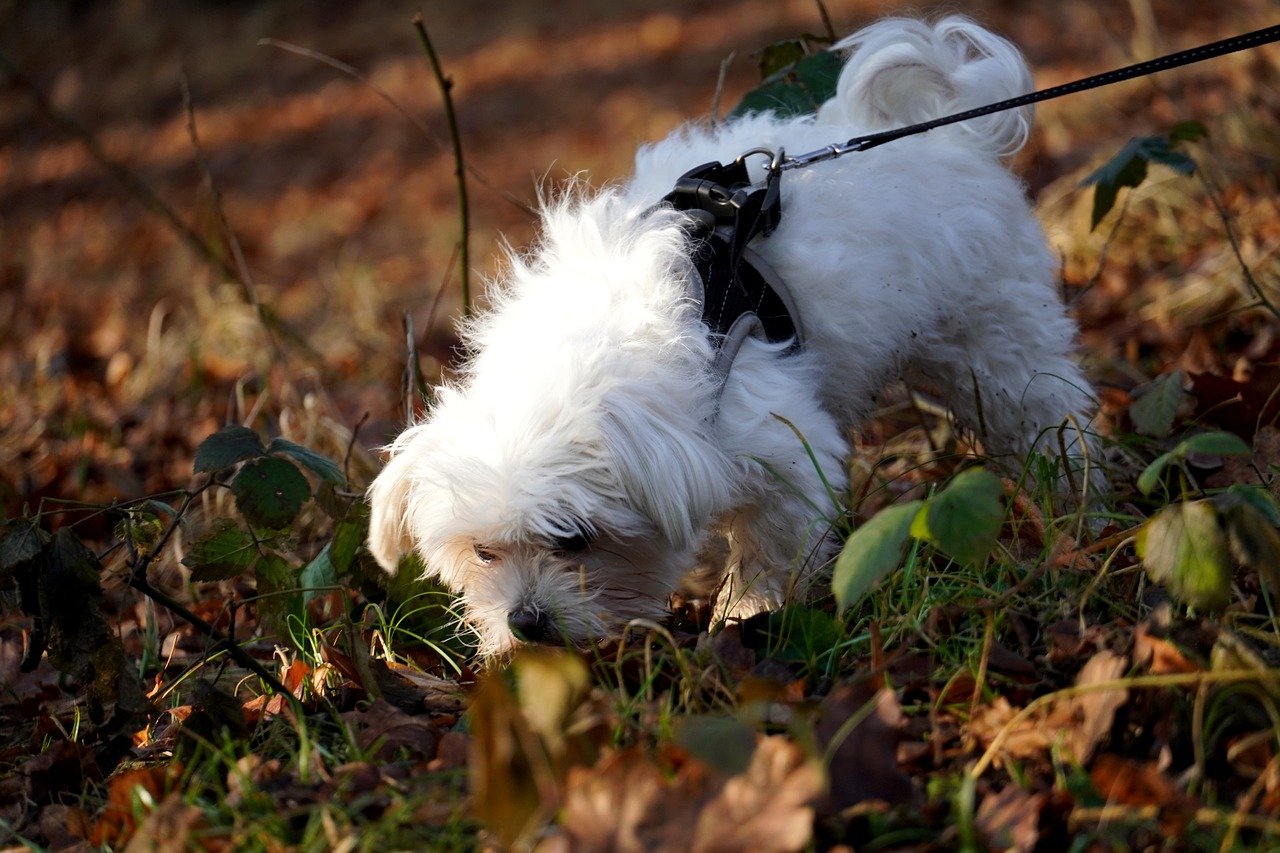Dogs’ olfactory habits deeply express their inner world, revealing much about their emotional state and intentions. Unlike humans, who rely primarily on vision, dogs interpret the world through their nose, making their sense of smell an important way to sense and communicate with their surroundings. A dog’s sniffing behavior can indicate curiosity, excitement, anxiety or even stress, serving as a barometer for their emotional well-being. Observing and interpreting these habits helps owners better understand and meet their dogs’ needs, strengthening their bond. This article sheds light on the nuances of dogs’ sniffing habits and what they reveal about their emotional state, providing insight into how to foster a supportive and understanding relationship with your canine companion.
sniffing as exploration and curiosity
When dogs engage in enthusiastic sniffing, especially in new environments or unfamiliar objects, it is a clear sign of curiosity and exploration. This behavior indicates a confident and satisfied state of mind, as the dog feels safe enough to explore its surroundings. Sniffing allows dogs to make sense of their world by gathering information, identifying and tracking scents. Owners who see their dogs go on sniffing sprees like this should recognize it as a healthy expression of their dog’s curious nature, encouraging it as their natural behavior and part of the learning process.
sniffing for comfort and familiarity
Dogs often seek out familiar scents for comfort, especially in times of uncertainty or stress. They are reassured about the safety of their environment by sniffing objects or areas with known odors. This behavior is especially noticeable in new or changing environments where they may return to a specific location or object that smells like home or their owner. This sniffing habit highlights the need for security and emotional support, highlighting how owners can help by providing familiar objects during stressful times.
Enhanced sense of smell in stressful situations
An increase in sniffing behavior may indicate stress or anxiety. In stressful situations, dogs may sniff more as a displacement activity, diverting their nervous energy into a familiar action. This type of sniffing acts as a coping mechanism, allowing the dog to manage stress by focusing on olfactory exploration. Recognizing this behavior as a sign of discomfort can motivate owners to recognize and reduce their dog’s stressors, thereby ensuring his emotional well-being.
Sniffing as a form of greeting and social interaction
Dogs use sniffing as a primary means of greeting and social interaction with humans and other animals. This behavior can express excitement, happiness, and a desire to engage socially, demonstrating a positive emotional state. When dogs sniff each other or a human, they gather information and establish a social connection. For owners, encouraging their dogs and allowing them to sniff during greeting emphasizes their natural social inclinations and promotes healthy interactions.
Excessive sniffing as a sign of passion or restlessness
Sometimes, excessive or obsessive sniffing may indicate underlying issues, such as discomfort in a position or even medical problems affecting their sense of smell. Let’s say a dog constantly sniffs a specific area on its body or pays attention to a particular place or object for no apparent reason. In that case, it could be a sign of discomfort or health concerns that need attention. Observing and addressing these abnormal sniffing patterns can help identify and treat potential problems, ensuring the dog’s health and comfort.
A dog’s olfactory habits offer a unique glimpse into their emotional world, providing valuable clues about their feelings, needs, and well-being. Whether expressing curiosity, seeking comfort, signaling stress, connecting socially, or indicating health issues, understanding these olfactory behaviors enhances the human-dog relationship. Owners can better support their dogs’ emotional and physical health by paying close attention to their sniffing habits, ensuring a happier and more harmonious life. Recognizing and respecting these natural behaviors strengthens the bond between dogs and humans, fostering a deep, empathetic connection that enriches the lives of both.

